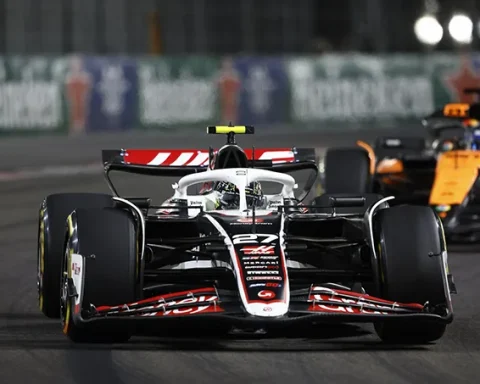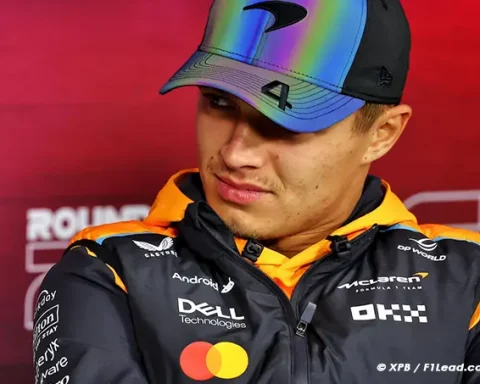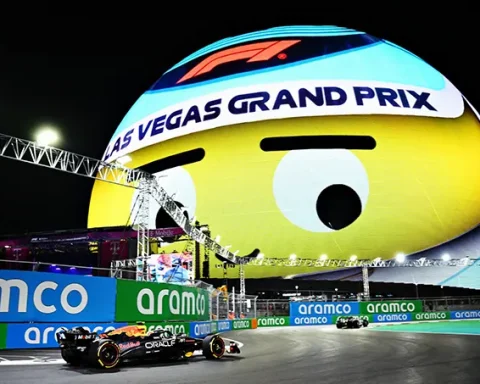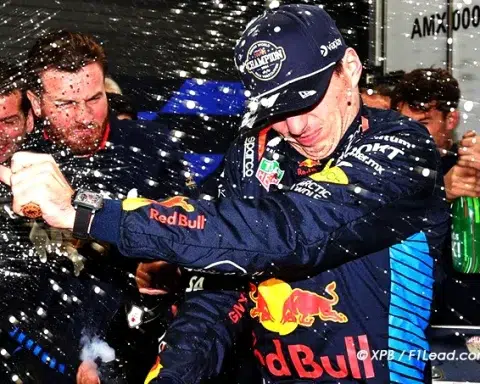Pat Symonds boasts a lengthy and illustrious career in F1, beginning with Toleman, Ayrton Senna’s first team, before moving to Benetton for Michael Schumacher’s two titles, and later serving as the technical director at Renault for Fernando Alonso’s pair of championships.
Senna, Schumacher, Alonso: three F1 legends. But what did they share? What set this magical trio apart from other drivers?
Symonds offers insights, examining each driver individually.
“When you consider these three drivers, there was a decade between each of them I worked with. And a decade in F1 is like a century in the real world – the demands were completely different.”
“Back in 1984 with Senna, we didn’t have a data acquisition system.”
“We relied on the driver to report water temperature, engine RPM on the straightaways, among other things – he had to observe the analog gauges on the dashboard and remember the numbers as they appeared.”
“With Ayrton, it was the first time I encountered a driver who didn’t need to use all his brainpower to drive the car, and had a significant bandwidth to think about what was happening. That was invaluable at a time when data recording wasn’t yet a thing.”
However, times evolved with Michael Schumacher and Fernando Alonso. F1 had entered the data era…
“By the time we got to Schumacher, a decade later, we were recording massive amounts of data, and with Alonso, to be honest, we knew more about the car than about the driver.”
Yet, all three shared one common trait: their pride…
“If you’re wondering how they were similar, it’s their incredible self-esteem.”
“They could sometimes be fragile, but ultimately, I believe there’s this overwhelming sense of confidence you find in drivers – they haven’t all won championships, but they all share this same self-belief.”
Michael Schumacher, however, had his vulnerabilities, particularly a certain level of nervousness…
“Michael was absolutely excellent behind the wheel when racing. When he wasn’t, he could become very nervous. All the mistakes he made were in moments like entering the pit lane at the end of a practice session; he would overrev the engine or slightly miss a gear.”
“He was also very nervous on the starting grid. On the circuit start line, the car was perfect, he was very happy with it – we were on the front row or something like that.”
“Then he would come to me and say, ‘I think we should change the front roll bars.'”
“The Benetton mechanics knew exactly what to do when I gave them a certain order when he said something like that – they would start to pretend! Without actually changing anything.”
As for Fernando Alonso, he apparently lacked commitment, team spirit, or motivation when the car didn’t match his own performance.
“If the car wasn’t quite there, Fernando sometimes didn’t give everything he had.”
“As a team player, he sometimes let go, and I never formed the same bonds with him as I did with Michael – no one in the team did. He was somewhat of a loner, and that continued in other teams.”
“He was perfectly suited for that era because he was so relentless. But one should not underestimate his ability to adapt. In the right car, he can still win titles.”
Symonds F1 Legends Insight. Symonds F1 Legends Insight
- Haas VF-24 Surprises with Competitive Edge
- Following us on Facebook and Twitter.










